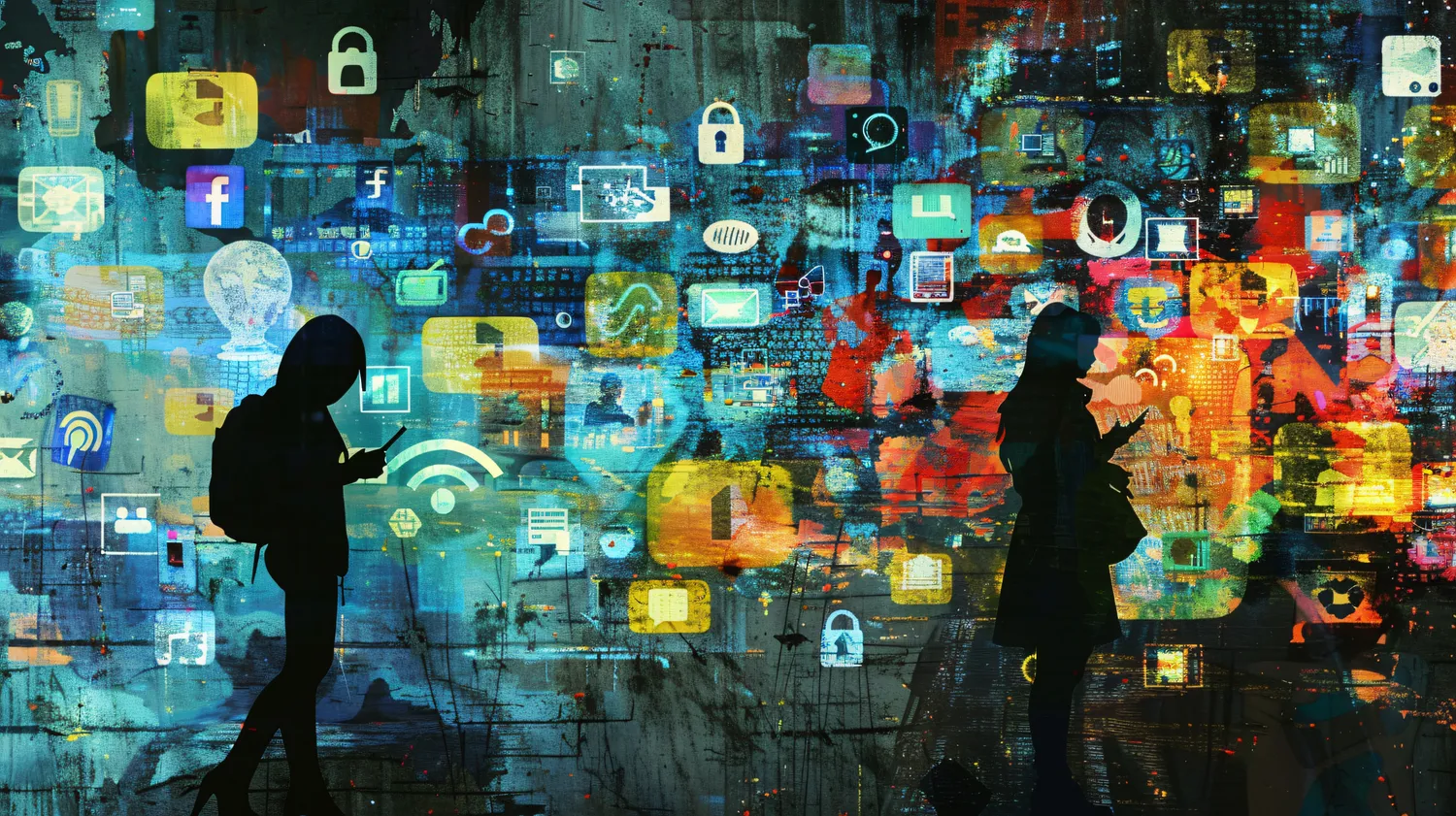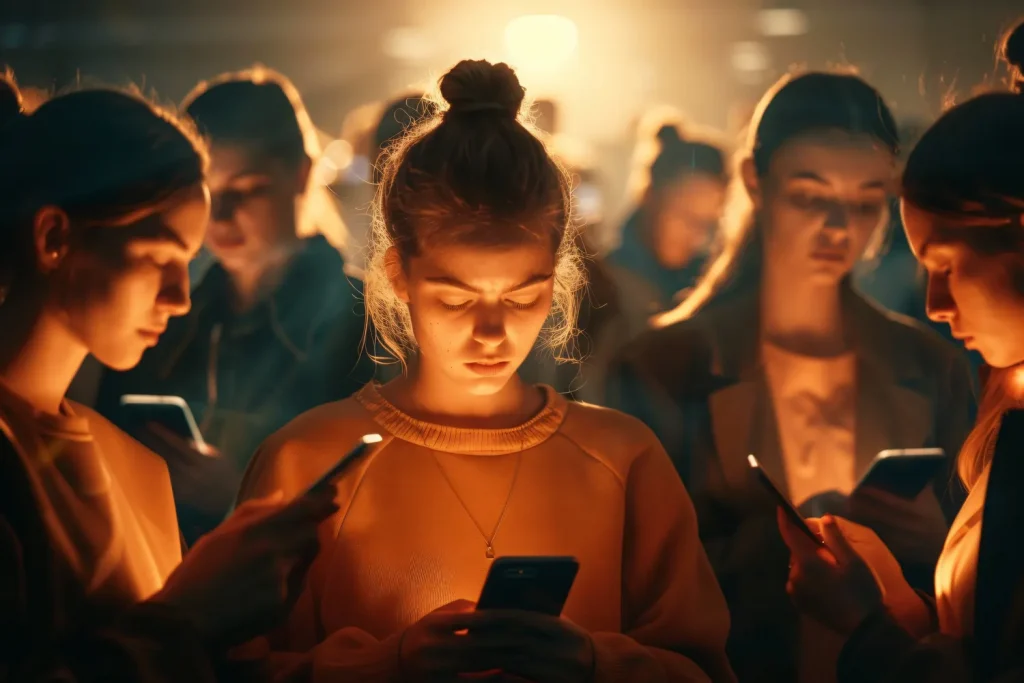In a world increasingly shaped by digital technologies, artistic careers are no exception. Whether we’re talking about musicians, performers, visual artists, or influencers, creators today operate under constant online exposure. While visibility is a powerful tool, it also presents a range of cybersecurity risks—account hacks, identity theft, leaked content, and stolen personal data. Yet many artists and their teams still underestimate the importance of digital protection. This article explores the key cybersecurity challenges in the creative world and how artists can protect themselves effectively.
Constant digital exposure
Visibility fuels artistic careers. From official websites to streaming platforms, social media, newsletters, and e-commerce, every digital channel is a way to grow an audience, promote work, and generate revenue. But that same presence makes artists vulnerable to very real threats: hacked emails, hijacked Instagram or TikTok accounts, stolen production files, or financial data breaches.
Famous artists aren’t the only targets. Any creator with a growing following can be at risk, especially when their practice becomes professionalized: managing teams, contracts, personal data, and online ticketing systems all involve layers of sensitive information.
Real-world hacking cases
Numerous artists have experienced serious breaches. Entire albums have leaked ahead of release due to compromised cloud storage. Social media accounts have been hijacked to post offensive or fake content. In other cases, personal or contractual documents have been leaked, leading to legal complications and reputational damage.
In a cultural economy where reputation is built online, controlling digital assets and identity is essential to long-term survival.

What kind of data is at risk?
Obvious targets include personal information like phone numbers, home addresses, tax documents, and bank details. But artists also generate sensitive materials: demos, unreleased photos, live performance recordings, stage and lighting design files, and more.
Contact lists, professional collaborators, producers, and bookers are also key. A breach could damage valuable relationships and disrupt an entire production pipeline.
Best practices to reduce risk
Simple steps, often overlooked, can go a long way:
- Enable two-factor authentication on all major accounts.
- Use password managers with encrypted storage.
- Encrypt sensitive files both locally and in the cloud.
- Use VPNs when working remotely or accessing sensitive resources.
- Ensure collaborators and team members adopt the same practices.
More comprehensive guides are available on official resources like the CNIL or from privacy advocacy groups like the Electronic Frontier Foundation.
Protecting your image online
Beyond data protection, image control is critical. In the creative industries, personal branding is everything. Misinformation, deep fakes, and impersonation are now tools used to damage careers or manipulate fan communities. That’s why digital vigilance must go hand in hand with smart professional alliances.
Working with a booking agency that respects artists’ data and image privacy can make a major difference. Agencies like these often offer technical, legal, and ethical safeguards as part of their services.
How agencies contribute to security
Reputable agencies now take on a role beyond publicity. They often help secure artists’ assets:
- Secure hosting for digital content (videos, music, visuals).
- Centralized account management and access control.
- Monitoring for unauthorized use of content or likeness.
- Reputation management in the face of online attacks.
In an era where data breaches and hacks are common, such protection is not a luxury but a necessity.
Regulations and responsibility
The General Data Protection Regulation (GDPR) applies to any entity handling personal data in the EU. Artists who sell tickets, run newsletters, or operate online stores are legally required to comply. Failing to do so can lead to penalties and erode public trust.
Educating teams, integrating confidentiality clauses into contracts, and using GDPR-compliant tools (for emailing, ticketing, payments) are now considered best practices.
Conclusion: freedom through protection
Artistic freedom doesn’t mean ignoring structure. As culture continues to move online, the ability to safeguard creative work becomes a cornerstone of a sustainable career. Cybersecurity is no longer a niche concern—it’s a fundamental skill set, alongside creative and business acumen.
By adopting good practices and surrounding themselves with trusted professionals, artists can create, publish, and connect with confidence. Ultimately, good digital hygiene isn’t just about safety—it’s about preserving the integrity of the work and the identity of the artist.
